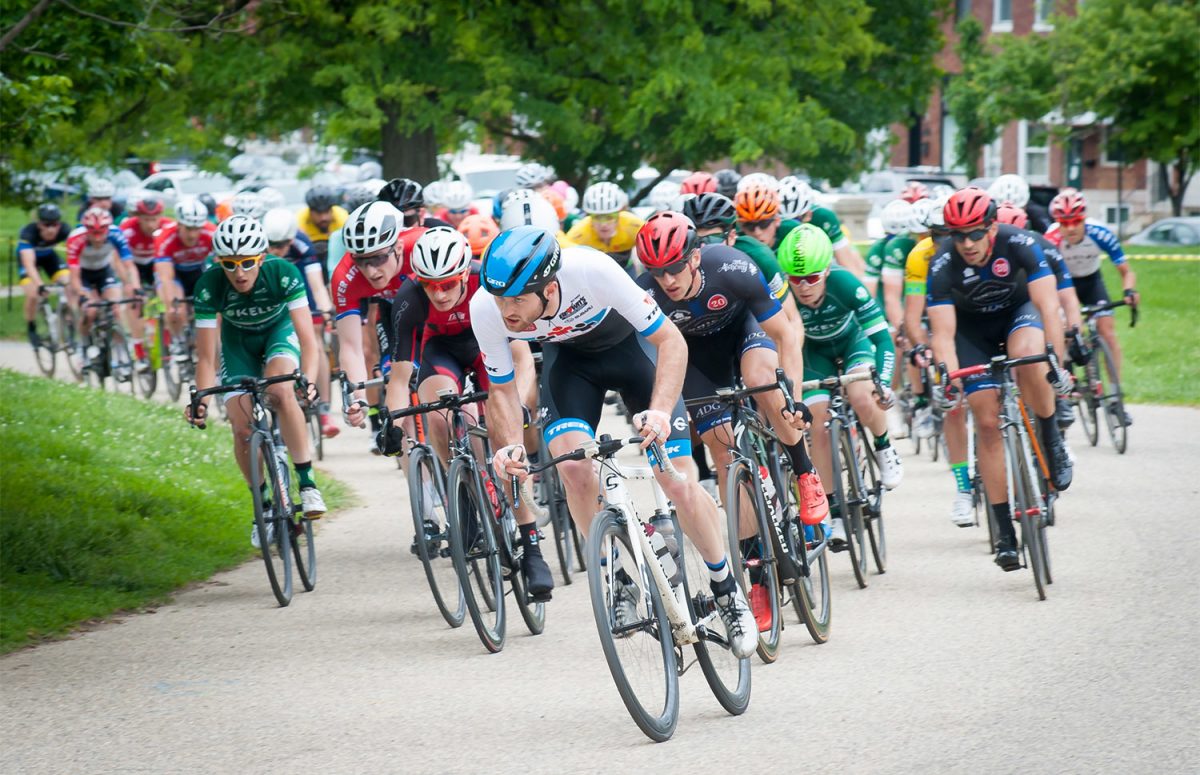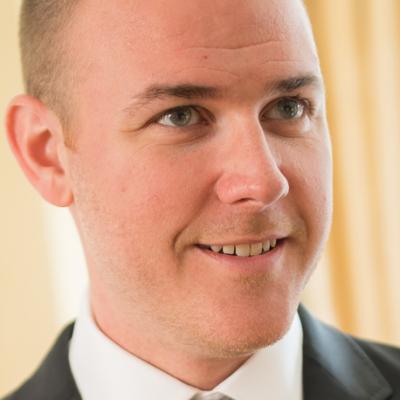
The idea of an elite professional cycling event in Baltimore on Labor Day weekend might conjure images of the erstwhile Grand Prix (born 2011, died 2013), for those who remember it.
There was the downtown construction and traffic, a lawsuit over uprooting trees in the city, people racing through the streets for multiple days (in engine-powered Indy cars, not on human-powered bikes), crowds enjoying food and beverage in hospitality areas, and unpaid debts by race organizers. Ah, memories.
But the vision for the first-ever Maryland Cycling Classic on Sept. 6, 2020, held in and around Baltimore, is distinctly not that.
First, the race route will be for cyclists, and it will cross through the city and potentially multiple counties around Baltimore—not just exclusively through downtown or the Inner Harbor. And, second, there won’t be any new construction and likely nothing close to the traffic headaches, as Maryland Sports Commission executive director Terry Hasseltine describes it.
The one-day, elite-level pro cycling event next year will mark only the second of its kind in the United States—a prestigious Union Cyclist International (UCI) ProSeries race that ranks one step below the series that includes the Tour de France. This is serious stuff, and will attract some of the best riders in the world to compete on a to-be-determined 100-plus mile route.
According to Al Hutchinson, the president and CEO of Visit Baltimore, there will possibly be 100,000 spectators in attendance in what is typically a festival atmosphere.
On the paved Maryland roads, picture a tightly-packed peloton—a main group of 100 or so riders, wearing spandex, shorts, and sponsors—carving through Baltimore, Carroll, Harford, or Frederick Counties near 30 miles per hour in flat areas, perhaps crossing a finish line somewhere downtown.
“This is professional cycling at its best, and it’s a pretty cool spectacle,” Hasseltine said when we spoke to get more details after the race’s official announcement earlier this month. “We think that up and down the Atlantic corridor, there’s a clamoring for primetime cycling. And because of that, we’re going to get a huge draw.”
Here’s more on what we know about the Maryland Cycling Classic so far:
Some of the best cyclists in the world will be here.
If Lance Armstrong were still racing, he might be in this. UCI, the international governing body of cycling, sanctions the top races around the world. And many of the same riders who will ride the roads around here will have competed in the Olympics in Tokyo a month earlier. The concept of the Maryland Cycling Classic is akin to similar multi-day and stage events worldwide and in the U.S., including Utah, Colorado, and California.
It’s a one-day, 100-plus mile event.
The race’s length will be somewhere between 110 and 125 miles, per standard rules. But that doesn’t mean the race route will be a straight shot from western Maryland to downtown Baltimore, for instance, though it theoretically could. There might be at least one “circuit”—aka a temporary track—where a few laps could be run.
The official route has not been determined, but here’s an idea of what it could look like…
The route is expected to be announced in early 2020, but a lot rides (pun intented) on discussions that host committee chair John Kelly (of Kelly Benefit Strategies and its Baltimore-based cycling club) and the Maryland Sports Commission—as well as partners Visit Baltimore, event management company Medalist Sports, KOM Sports Marketing, and USA Cycling—will have over the next two months.
But here’s what a map of the course might look like: “To get in 125 miles, we might be out in countryside to get 80 miles, with four 20-mile circuits, then have a straightaway to another circuit to get the other mileage in,” Hasseltine said. “Some people are talking about maybe identifying a ‘point to point,’ where riders do a couple circuits somewhere, then head somewhere else to do a couple more circuits, then finish. That’s the stuff that we have to work on logistically.”
Discussion items include developing a route that meets the UCI’s competitive requirements in length and difficulty (uphill and sprint sections, for example); looks good in person and on television (“A vibrant, tell-tale postcard impression of the state,” Hasseltine said); provides areas for viewing and hospitality setups; and minimizes road closures, which should be minor given the speedy here-and-gone nature of pro cycling. “The peloton is so tight in most cases that you do just rolling closures,” Hasseltine says. “Cyclists come through and then the road opens back up.”
Expect a ‘festival type’ atmosphere.
If your annual dose of cycling comes from video clips of flag-clad and sign-carrying people running alongside the route of the Tour de France in old European towns and hillsides, getting dangerously close to the riders, that’s about what you can expect here, too. The sound of cowbells. People in costumes. Food, drink, and international visitors. It will be broadcast to more than 100 countries. In its sponsorship materials, organizers estimate more than $20 million in economic impact.
So, like those who plunk down a folding chair or orange cone to save their city-street parking space during a snowstorm, you might want to claim a roadside viewing spot early come Labor Day Sunday, wherever the route may be.
